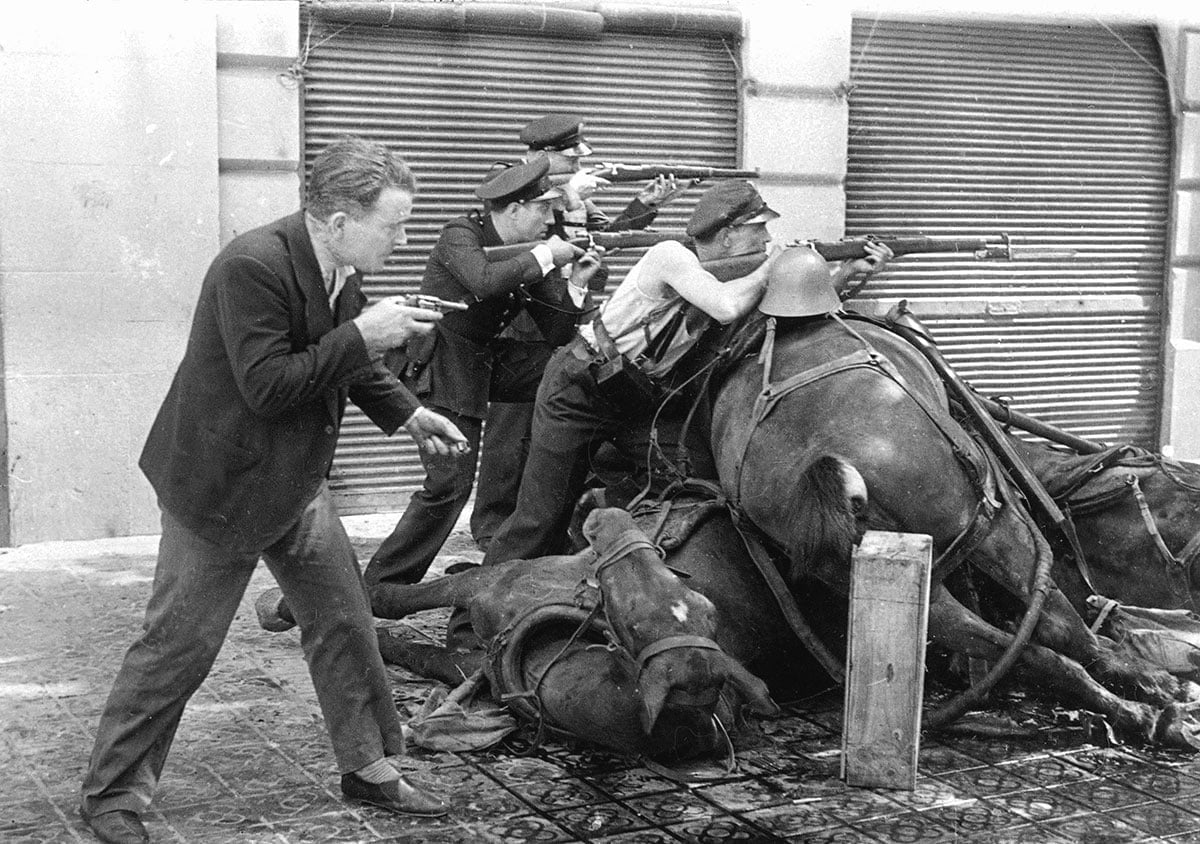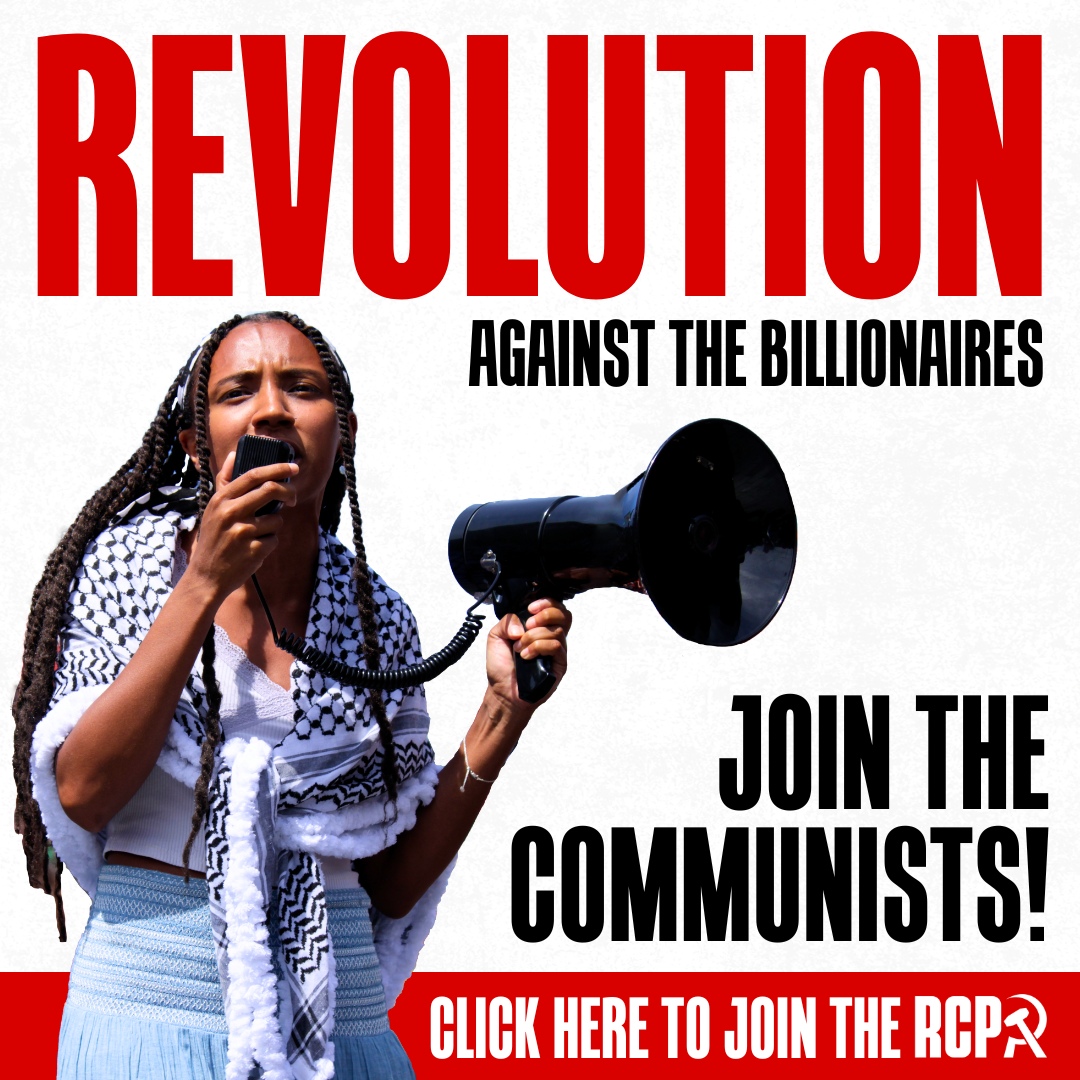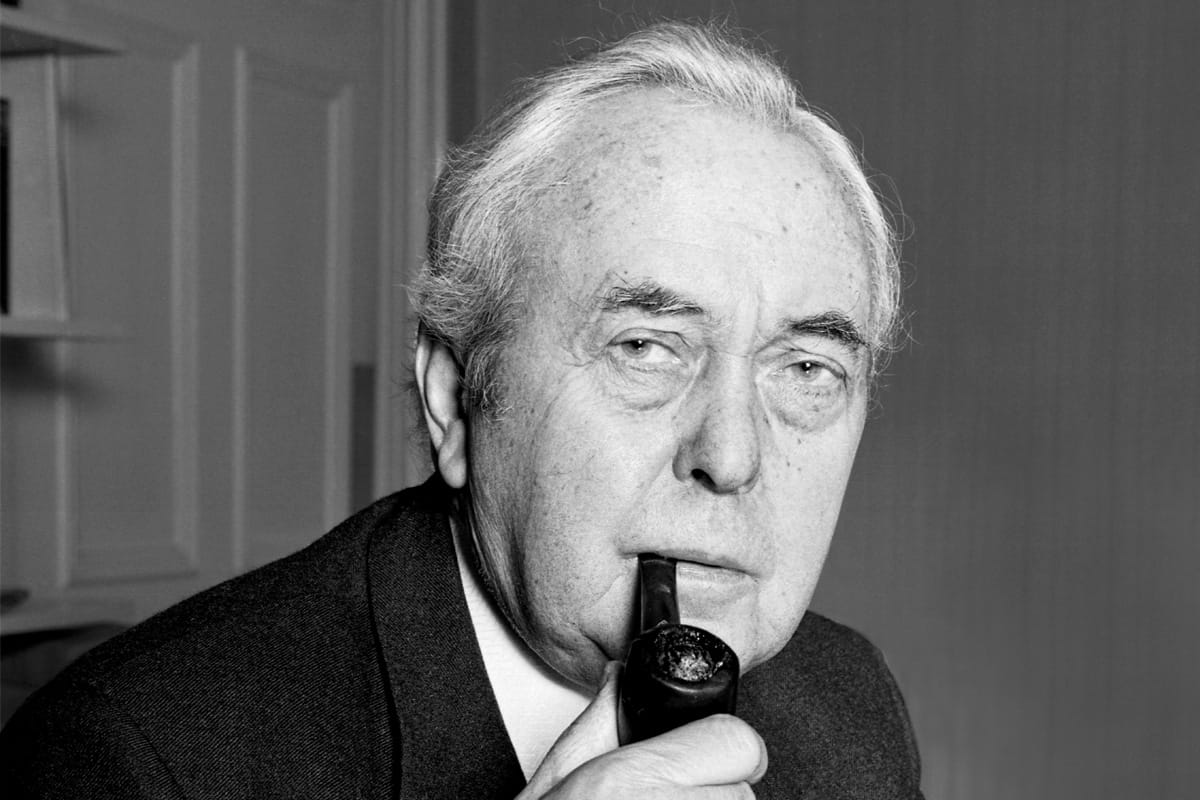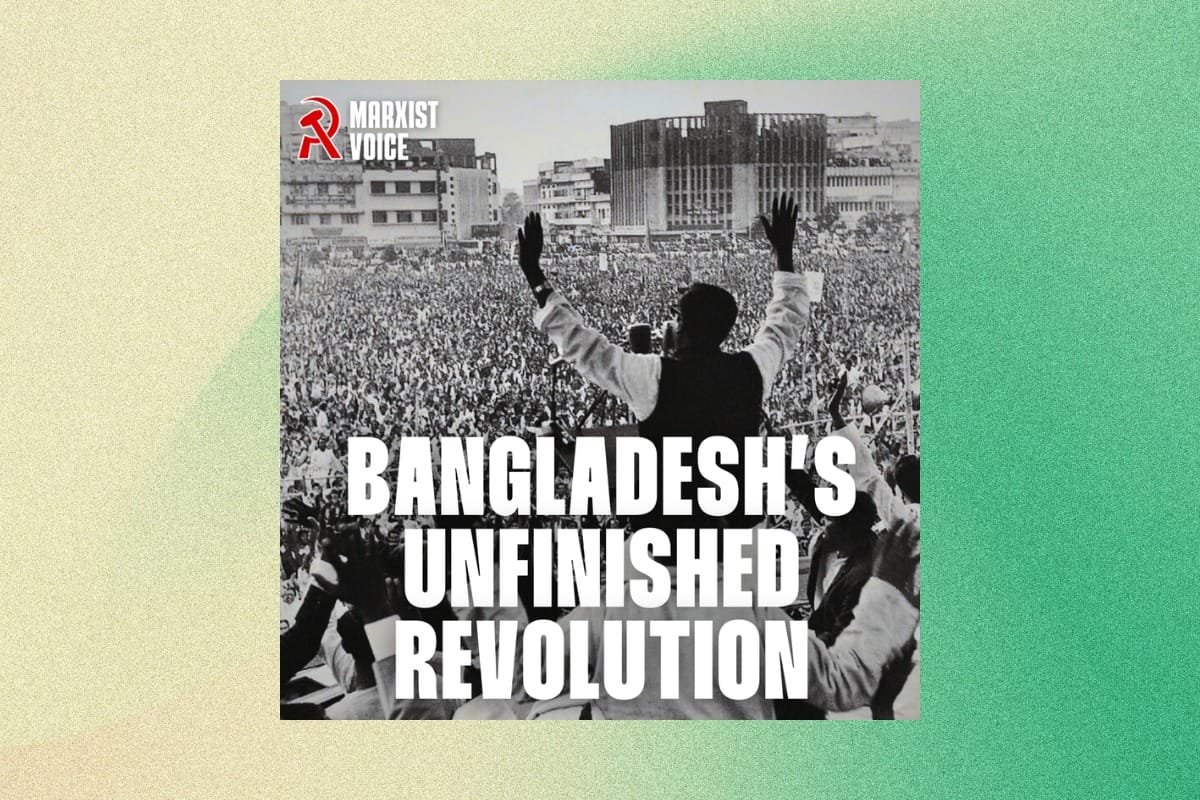On 17-18 July, 1936, General Franco began his military uprising in Morocco, a prelude to the fascist uprising throughout Spain. The workers responded in a spontaneous fashion. Rob Sewell and Alan Woods discuss the revolutionary events of the 1936 Spanish Civil War.
Today marks the 80th anniversary of the beginning of the Spanish Civil War. We publish here a short overview of these revolutionary events by Rob Sewell from the most recent edition of the In Defence of Marxism magazine, along with an extract from a piece by Alan Woods looking at the entire Spanish Revolution of 1931-37.
The Spanish Revolution 80 years on: an introduction
By Rob Sewell
On 17-18 July, 1936, General Franco began his military uprising in Morocco, a prelude to the fascist uprising throughout Spain. The Popular Front government, elected in February, was suspended in mid-air. The landlords and capitalists went over to Franco. The workers, however, responded in a spontaneous fashion. Had the revolutionary upsurge been successful, it could have changed the whole course of history.
Despite their enormous heroism and courage, the workers’ leaders acted as a massive brake on the revolutionary movement. The Spanish Stalinists, under orders from Moscow, played an openly counter-revolutionary role. Together with the socialists, they joined the Republican government. The POUM and the anarchist leaders entered the bourgeois government in Catalonia, rather than offer a united front against Franco. The aim of this government was to destroy the workers’ committees, the foundations of a proletarian government. This tragic mistake allowed the Stalinists to isolate and crush the POUM, sealing the fate of the revolution.
The elements of workers’ power were eliminated. The military struggle of the Spanish Republic dragged on, but with the crushing of the Revolution, the outcome was inevitable. The resulting victory of General Franco prepared the way for WWII and a nightmare for the Spanish working class.
“Today, the Red Army having been captured and disarmed, the national forces have reached their final military objectives. The war is over. Signed: Generalissimo Franco, Burgos, 1st April, 1939. The Year of Victory.”
So reads the final communique of the Spanish Civil War. Two days earlier his troops goose-stepped into Madrid, to the cheering of the hysterical middle classes. The dark shadow of fascist reaction spread over Spain.
Pope Pius XII, the head of Mother Church, immediately communicated his blessing. “Lifting up our heart to the Lord, we rejoice with Your Excellency in the victory, so greatly desired, of Catholic Spain. We pray that your most beloved country, with peace attained, may take up again with new vigour the ancient Christian traditions which made her so great.”
Franco’s peace was to unleash a reign of terror more devastating and vengeful than the Holy Inquisition. Franco’s enemies, the broken workers of Spain, were on their knees. In the slums of Madrid the starving people lived on bones. For the masses, there was no bread, no meat, no fuel. The Republican army had run out of ammunition and the Government had ignominiously fled weeks before, like a dog. The people, trembling and fearful, awaited their fate at the vengeful hands of Franco. 200 military judges accompanied the Nationalist troops into Madrid.
To the north, bedraggled columns of exhausted and starving refugees fled over the Pyrenees to France. Some 500,000 people crossed the border. Anything was better than to wait passively for Franco’s hangmen. Those who remained were herded like cattle into bullrings in provincial towns to await their fate at the hands of the merciless military judges. The new authorities moved swiftly and against the remnants of the Red Menace. In each of the main cities more than 100 were executed every day. Many simply starved to death. Franco’s Minister of Justice recorded 192,000 executions between 1939 and 1945, mostly summary shootings by firing squad. Some hid away in holes and cellars for fear of death, hidden by their families, and not emerging until more than 35 years later, following the death of Franco in 1975.
The Franco dictatorship lasted a long time, until it became utterly exhausted. A new generation of workers resisted the old dictatorship and engaged in revolutionary struggles. The death of Franco in 1975 ushered in a revolutionary crisis throughout Spain. The Socialists and Communists became mass organisations. However, instead of using the revolutionary wave to do away with Spanish capitalism, the leaders of the mass organisations conspired with the old regime to guarantee a peaceful transition to “democracy”. This lost opportunity resulted in massive disillusionment and the consolidation of the old regime in a new democratic guise.
Today the old parties of Spain are in crisis. The decline of the Popular Party and the Socialist Party has been met with the rise of the radical PODEMOS. Politics has polarised, epitomised by the return of the language of the 1930s. Even today, they are still digging up skeletons and shallow graves of those who perished resisting Franco.
Spain today is facing a new convulsive situation. The Spanish working class will enter major battles, as in the 1930s. It is therefore vital for the new generation to lean the lessons of the Spanish Revolution. The lessons of Spain will also be important lessons for European workers as a whole. To this end we enourage our readers to read or re-read the below articles on the Spanish Revolution which analyse the revolution and its demise, drawing the lessons for today.
The Lessons of Spain: The Last Warning (1937) – Leon Trotsky
The Spanish Revolution 1931-37 – Ted Grant
Trotsky and the Spanish Revolution – Pierre Broue
Trotsky on Spain (Archive) – Leon Trotsky
The Spanish Revolution betrayed
By Alan Woods
The victory of Franco was not a foregone conclusion. It is a fact which is not generally realised that the Spanish ruling class, having embarked on the course of civil war came within an inch of losing everything.
The Spanish workers could undoubtedly have smashed the fascists – as they succeeded in doing in Catalonia – and set about the task of transforming society on one condition – that the workers’ leaders had a revolutionary policy. The conduct of the war would have to be taken out of the hands of treacherous capitalist politicians. The resources of Spain – the land, the factories, the banks – would have to be taken over by the workers and peasants. The masses would have to be armed in defence of their social conquest and the leadership of the struggle would have to be in the hands of the known and trusted representatives of the workers’ cause.
But the liberal capitalist ministers would never accept such a programme – far better to hand Spain over, bound and gagged, to the fascists than allow the workers and peasants to take over the running of society.
The unwillingness and complete incapacity of the Republicans to fight the fascists was revealed from the very beginning. The treacherous and cowardly behaviour of the Republican leaders in the face of the coup, their suppression of the news and refusal to arm the workers was no accident. It flowed from their class point of view.
Yet the Socialist and Communist leaders continued to prop up the Republican ministers with their authority. Only in September 1936 did the left Socialist leader, Largo Caballero, under the pressure of the masses, become Prime Minister.
The most pernicious role in all this was played by the leaders of the “Communist” Party, who took their orders from Moscow. Stalin was terrified of the possibility of a victorious workers’ revolution in Spain.
The example of a healthy workers’ democracy in Spain would exercise a powerful effect on the Russian workers, who were growing restive under the impositions of the bureaucratic totalitarian regime.
It is no accident that Stalin unleashed the infamous purge trials precisely at this time. The bloody extermination of all those who had been connected with the democratic and internationalist traditions of Lenin and the October Revolution was a “one-sided civil war” of the Stalinist bureaucracy against Bolshevism. It was meant as a pre-emptive strike to prevent the danger of a resurgence of a Leninist opposition in Russia, inspired by the movement of the Spanish workers.
Having abandoned Lenin’s revolutionary internationalist policy, which based the defence of the Soviet Union fundamentally upon the support of the world working class and the victory of socialism internationally, the Russian bureaucracy attempted to get the support of the “good”, “democratic”, capitalist states (Britain and France) against Hitler.
At one stage, they even supported “good” Italian fascism against the “bad” Germany variety! The strangling of the Spanish revolution would thus have had the additional advantage of proving Stalin’s “respectability” to London and Paris.
The real policy of the British and French capitalists was not dictated by their alleged love of “democracy” but by naked class interests and, above all, fear of the revolution in Spain. Hiding behind the monstrous policy of “non-intervention” they hypocritically turned a blind eye to the help given by fascist Germany and Italy to Franco.
Stalin’s policy
For his part, Stalin sent limited arms supplies to Spain – not enough to achieve the decisive military defeat of Franco, but more than enough to help the Republicans – in cahoots with the Spanish Stalinists – to rebuild the shattered capitalist state machine.
The leaders of the Spanish “Communist” Party became the most fervent defenders of capitalist “law and order”. Under the slogan “first win the war, then make the revolution”, they systematically sabotaged all independent movements of the workers and peasants.
The Spanish Stalinists, who had at first opposed the idea of the socialists taking over the government, preferring to support the Republicans from outside, put pressure on Largo Caballero to abandon the socialist policies which he had earlier defended, at least in words.
For their part, the anarchist leaders of the CNT, who had refused to set up a workers’ government in Catalonia, where power was in the hands of the working class, now proceeded to ditch all their previous ideas and do a 180-degree somersault by joining the capitalist popular front government.
The “theories” of anarchism, as Trotsky once observed, are like a leaky umbrella – useless precisely when it rains.
Class collaboration
All the forces of the old society thus conspired to defeat the heroic movement of the Spanish working class. In the moment of truth, the leaders of all the workers’ organisations passed over to the camp of the capitalist class. They justified their policy of class collaboration on the grounds of the need to fight fascism, “for democracy”. The workers understand the need to fight against fascism and to defend those democratic rights won in struggle against the very “Republican” employers, bankers and capitalists.
As to the question of how victory was to be achieved, Leon Trotsky answered in this way:
“You are right in fighting Franco. We must exterminate the fascists, but not in order to have the same Spain as before the civil war, because Franco issued from this Spain. We must exterminate the foundations of Franco, the social foundations of Franco, which is the social system of capitalism.” (Spanish Revolution 1931-39)
In 1936, as we have seen, the Socialists and Communists united, not with the imaginary “progressive capitalists” but with a phantom. The real capitalists, bankers and landlords had in the main fled to the side of Franco at the beginning of the civil war.
The only social force which remained to fight against fascism were the workers and peasants. What were they supposed to be fighting for? For the “Republic”? But the capitalist Republic had failed to solve any one of the basic problems of the workers and peasants.
Not for nothing did the fascists demagogically use the slogan: “Que te da a comer la Republica?” (“What does the Republic give you to eat?”)
The way to defeat Franco was not by clinging to an alliance with the “liberal” capitalists – who were striving all along to reach a deal with the fascists – but linking the military struggle against fascism to the revolutionary struggle for real democracy, a workers democracy!
The POUM (Workers’ Party of Marxist Unification) was a party which, in words, stood for a socialist policy. But the lack of theoretical clarity and inconsistency of Nin, Andrade and the other ex-Trotskyist leaders of the POUM proved fatal to the workers’ cause.
The POUM allowed itself to be ensnared in Popular Front ministerialism, joining the Catalan government, the Generalitat. Andres Nin, ironically in view of his fate, became councillor for justice.
The POUM leaders naively tried to persuade the Catalan popular-front to take the road of revolution from inside the government. They reduced themselves to the role of unpaid advisers of the capitalist and reformist politicians, instead of pursuing an independent class policy.
This policy of the POUM disorientated the leftward moving workers who were looking to it for a lead. Large sections of the anarchist CNT – especially the youth – were disgusted with the sell-out of their leaders and looking for an alternative. By joining the popular front, the POUM leadership threw away the opportunity of providing that alternative.
Under pressure from the Stalinists, Largo Caballero agreed to replace the workers’ militias with a “regular army”. Using this as an excuse, they set about liquidating the gains of the revolution, not flinching from the task of bloody executioners where the workers attempted to defend themselves against the counter-revolution.
Counter-revolution
The main cutting-edge of the counter-revolution was provided by the “Communist” Party, particularly in Catalonia: “Communist members formally increased to 250,000 by the end of 1936. Their championship of peasant ownership and opposition to revolution everywhere gained them ground. The Catalan writer, Jose Austin Goytisolo, later wrote that his father joined the PSUC [The Catalan CP – AW] since, though a man of the right, he wanted protection against the anarchists who desired to take over the factory where he worked as an engineer.
“Jose Diaz was to tell the Communist Central Committee in March that no less than 76,000 (almost a third) of party members were peasant proprietors and 15,482 (6.2 percent) members of the urban middle class. There were thus more peasant proprietors than agricultural workers, an extraordinary situation.” (Hugh Thomas, The Spanish Civil War)
The old capitalist state machine in Catalonia had been destroyed by the workers in July 1936. The Stalinists of the PSUC now helped the Catalan bourgeois nationalists to rebuild their power base. In order to do this, the anarchist and POUMist workers had to be crushed. The Stalinists assumed the main responsibility for this hangman’s task.
Towards the end of 1936, they began to agitate in favour of the dissolution of the workers’ committee under the slogan: “All power to the Generalitat!” (The Catalan capitalist government.) The Stalinist Food Minister Comorera abolished the anarchist-controlled bread committees, which had controlled a key section of food distribution. By degrees, the elements of workers’ control were being whittled away.
As happens in every revolution when it begins to ebb, the workers began to realise that power was slipping from their hands. The anarchist leaders of the CNT did nothing to halt the Stalinist-led onslaught.
Internal differences began to appear in the ranks of the anarchist workers. The “Friends of Durruti” represented a genuinely revolutionary tendency which was in the process of breaking from anarchism and moving towards Marxism. Had the leaders of the POUM maintained a real revolutionary policy, they could have now won over the majority of the CNT activists.
But the lack of an independent class policy, the shamefaced illusions in popular frontism and continual centrist vacillations and ambiguities meant that the POUM, in the decisive moment, played a fatal role. Up to the last moment, the POUM leaders clung to the policy of collaborating with the very people who were plotting counter-revolution, the PSUC.
Even when they were expelled from the Popular Front government as a result of pressure from the Stalinists, they demanded re-entry. Like Hilferding who, at the time of the German revolution in 1918 advocated a “marriage” of the soviets with capitalist parliamentarianism, the POUM leaders put forward the naive idea of a special conference – convened by the capitalist Generalitat – to create soviets!
This overlooked the minor detail that the Generalitat, as the centre of counter-revolution, was bent upon destroying the elements of soviets – the workers’ councils – that already existed.
Last chance
Having prepared the climate of reaction for six months, in May of 1937, the Stalinists struck. The anarchist workers had seized the Barcelona telephone exchange during the 1936 insurrection. Now the Stalinists sent troops and tanks to seize the exchange.
The anarchist workers resisted. A general strike was called and barricades set up all over Catalonia. An attempt to use the foreign International Brigades against the Barcelona workers was thwarted by the refusal of the former to intervene. Power was once more firmly in the hands of the proletariat in Catalonia.
This was the last chance to carry out the revolution in Spain. With correct leadership, the May days could have ended in victory for the workers.
After the event, the anarchist newspaper Solidaridad Obrera stated that: “If we had wished to take power, we could have accomplished it in May with certainty. But we are against dictatorship.”
It is a disgraceful fact that the leaders of the CNT and the POUM came to the rescue of the capitalist state each time it appeared in danger of overthrow. The leaders of the anarchists, Garcia Oliver and Federica Montseny called on the workers to lay down their arms and return to work. The anarchist centre, the Casa CNT ordered the workers to leave the barricades.
For four days the workers effectively controlled Barcelona.
Had the POUM called upon the workers to take power, nothing could have stopped them. The example of a workers’ and peasants’ revolutionary government in Catalonia would have spread like wildfire through the rest of Spain.
“Had the POUM taken power, they could have offered a united front against Franco to the government in Madrid. The government had no troops on which it could rely. Very rapidly the masses in Madrid, Valencia and at the fronts would have rallied to the banner of socialism in Barcelona. The power of the Madrid government would have crumbled and disappeared.” (Ted Grant, The Spanish Revolution 1931-37)
The defeat of the Barcelona proletariat unleashed an orgy of counter-revolution. The Stalinists began to round up anarchists and POUMists and to disarm the workers. The workers’ committees and collectives were destroyed. The POUM was made illegal, under the lying pretext that it had plotted with Franco. Nin and other leaders were brutally tortured and murdered by Stalin’s agents in Spain.
To his credit, the left Socialist leader, Largo Caballero attempted to protest against the activities of the Stalinists in Catalonia. This sealed his fate. The Stalinists ganged up with the right-wing Socialists led by Prieto to provoke a cabinet crisis which led to the fall of Caballero.
Caballero was replaced with the right-wing Socialist Juan Negrin, described by Hugh Thomas as “a man of the grande bourgeoisie, a defender of private property, even of capitalism.” (The Spanish Civil War)
Under Negrin, the left Socialists and anarchists were systematically purged from all positions of responsibility.
Rebuilding the capitalist state
With the enthusiastic assistance of the “Communists”, Negrin rebuilt the old capitalist state apparatus and placed the armed forces under the control of “loyal” (i.e. pro-capitalist reactionary) army officers, like General Miaja who held a CP card (in fact he seems to have held a card for all the political parties!)
The old judges, police chiefs, prison directors and civil servants again climbed out of the woodwork. Radical lawyers, who were considered to be too sympathetic to the workers’ cause were dismissed. The peasants’ collectives were broken up and their leaders arrested.
As early as April 1937, Leon Trotsky warned that capitalist democracy was doomed in Spain irrespective of which side won the war. The line of thinking of Negrin was revealed even before his coming to power when he said that Spain “required a dictatorship under democratic rules [!] which would prepare the people for the future.” Trotsky’s prediction was confirmed by subsequent events.
Negrin’s government, cynically styled “the government of victory” by the CP, presided over a series of crushing military defeats. The morale of the workers had been broken by the liquidation of the gains of the revolution.
In reality, the Republican government was not looking for a military victory but a deal with Franco. The right Socialist Prieto secretly offered the fascists a coalition with Gil Robles and – himself! But Franco had no intention of making any concessions.
The much-heralded offensive on the Ebro ended in defeat, which placed Catalonia at the mercy of Franco. The crushing of the workers of Barcelona destroyed the fighting spirit of the capital, which soon fell to the fascists, who unleashed a nightmare of repression.
As Trotsky had foreseen, the defeat of the working class would inevitably spell the victory of counter-revolution, even if the Republic won the war.
The Stalinists had helped reconstruct the capitalist state and deliver the army to the control of the old officer caste. The latter now proceeded to kick the “Communists” to one side and carry out a coup d’etat behind the lines.
Generals Casado and Miaja (still with a CP card in his pocket) conspired with Negrin to illegalise the “Communist” Party and attempt to do a deal with Franco. Casado offered to arrest and hand over to Franco many CP and other leaders.
Right-wing Socialist leaders like Besteiro were involved up to the hilt in the conspiracy. Besteiro even offered to meet Franco to surrender in person.
Getting wind of the plot, La Pasionaria and other Stalinist leaders fled to France, leaving the ordinary CP members to their fate.
The “Communist” Party paid for its treachery by being crushed – not by Franco, but by those very “democratic”, “progressive” Republican generals and politicians whom they had put in power.
The defeat of the Spanish workers also settled the fate of Europe. Trotsky had predicted that such a defeat would make the second world war inevitable.
The “democratic” British and French ruling classes who connived at the victory of Franco (Chamberlain wrote in his diary: “I think we ought to be able to establish excellent relations with Franco, who seems well disposed to us.”) prepared the ground for Hitler’s onslaught on Poland and France within a year of the fall of Madrid.
For his part, Stalin was already negotiating secretly for a deal with Hitler even while the war in Spain was continuing.
The second world war, with its tens of millions of dead, which brought humanity to the brink of barbarism, was the direct result of the failure of the Spanish working class to take power in 1936-37.
The present world crisis of capitalism will once again place on the order of the day the socialist transformation of society.
It is the duty of all conscious workers to study the lessons of the Spanish revolution in order to equip themselves to carry through the struggle to a victorious conclusion.






